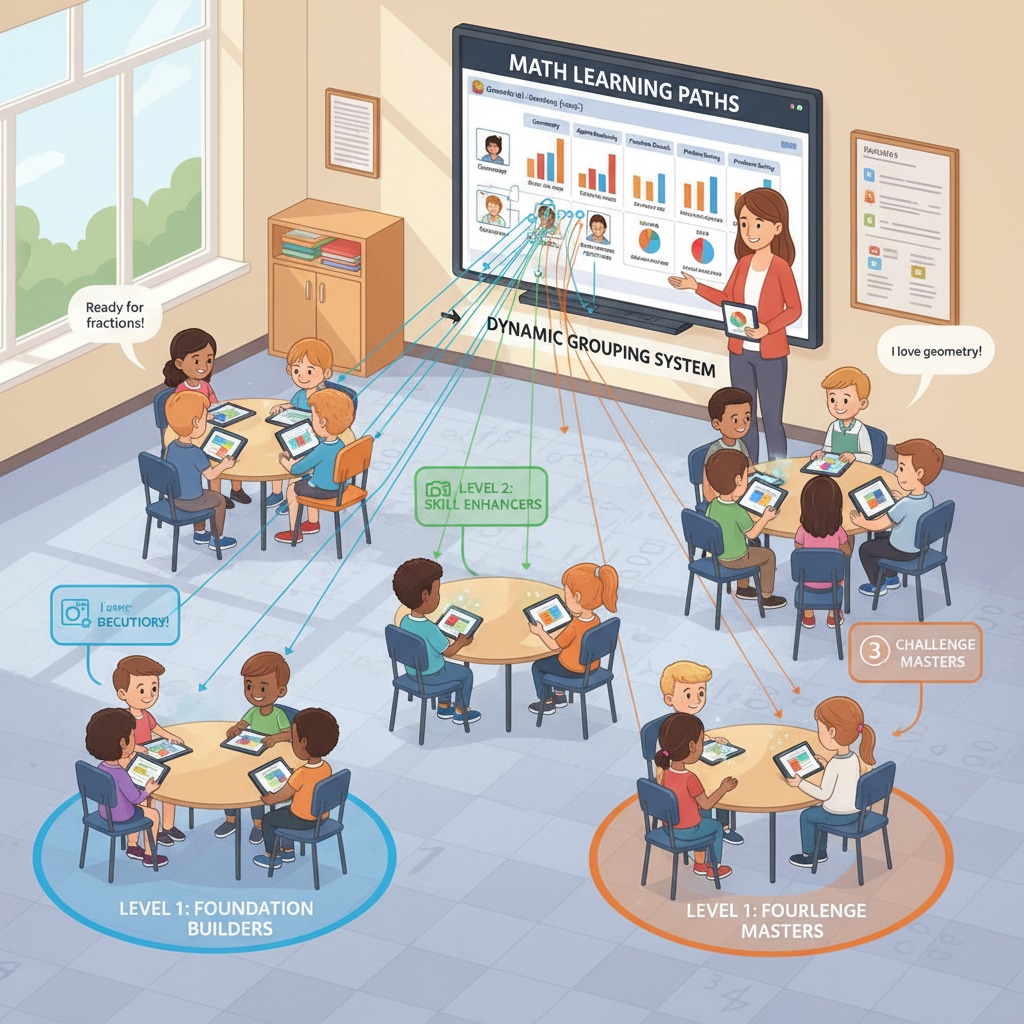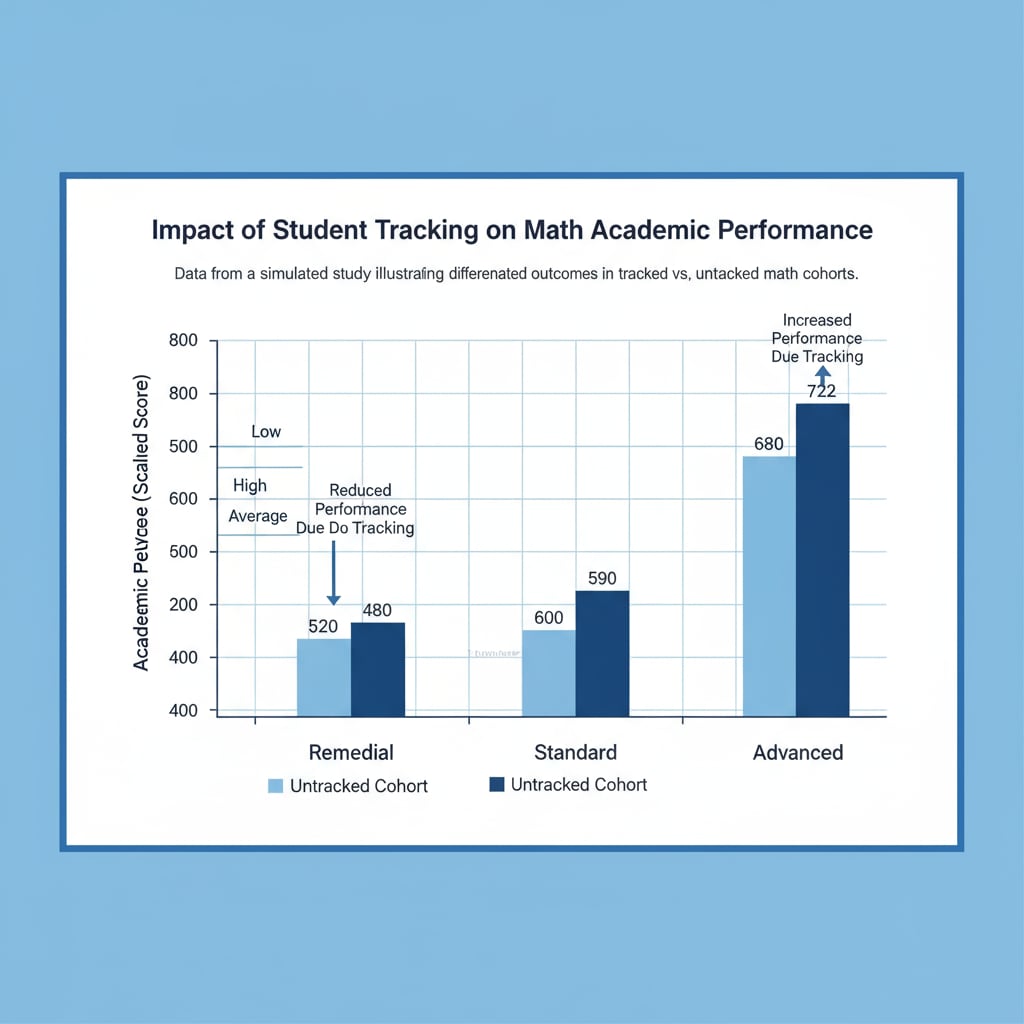In the realm of K12 education, the issues of teacher shortages, student tracking, and mathematics education are intricately woven together. The high-risk student tracking system, in particular, has a profound impact on the growing teacher shortage crisis. This system, which sorts students into different math ability tracks at an early stage, is not without its consequences.

The Flawed Logic of Early Student Tracking in Math Education
Early student tracking in mathematics education often assumes that students’ abilities are fixed. However, research has shown that intelligence and academic potential are malleable. By prematurely categorizing students into high or low math ability groups, we are essentially limiting their opportunities for growth. For example, students placed in lower math tracks may receive less challenging curriculum and fewer resources, which can further hinder their progress. According to the National Education Association, this form of tracking can lead to educational inequality as it disproportionately affects disadvantaged students.

The Impact on Teacher Shortage
This tracking system also plays a significant role in the teacher shortage. High-quality teachers are often attracted to teach in higher-ability tracks where they can engage with more motivated and academically advanced students. As a result, lower-ability tracks are left with fewer experienced and qualified teachers. This creates a vicious cycle, as students in these tracks may struggle more, leading to higher dropout rates and further reducing the pool of potential future teachers. Additionally, teachers in lower-ability tracks may experience higher levels of stress and burnout, causing them to leave the profession earlier. As reported by Teach.org, the teacher shortage is exacerbated by these imbalances in the distribution of teaching resources.
The consequences of this situation are far-reaching. With fewer teachers available, class sizes increase, making it more difficult for educators to provide individualized attention to students. In mathematics education, where conceptual understanding often requires one-on-one guidance, this can be particularly detrimental. Students may be left to struggle on their own, leading to a lack of confidence and interest in the subject. This, in turn, can impact their future academic and career choices.
Readability guidance: As we can see, the relationship between student tracking, teacher shortage, and mathematics education is complex. The early tracking of students in math education has negative implications for both educational equality and the teacher workforce. To address this issue, we need to reevaluate our approach to student tracking and find ways to attract and retain high-quality teachers in all classrooms.


